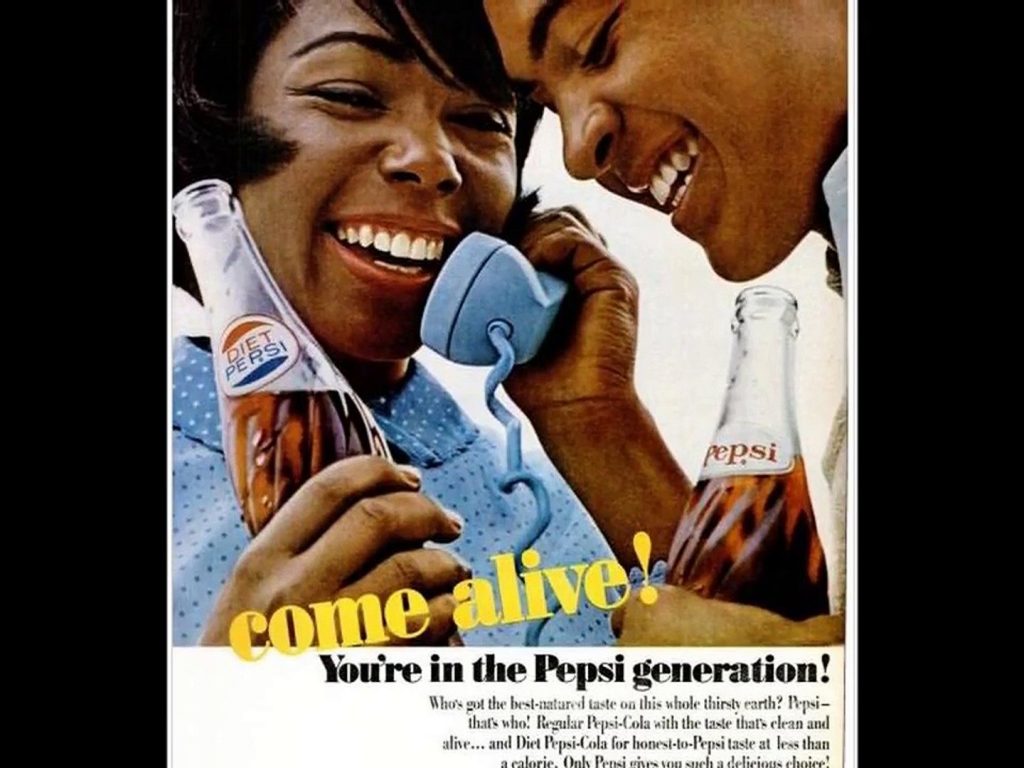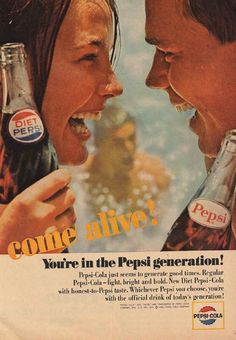‘People don’t want to buy a quarter-inch drill bit. They want a quarter-inch hole.’
Not my words, those of Theodore Levitt, a Harvard Marketing professor.
But, what if we were to take that theory further…
…do people really want to buy a quarter-inch hole?
Or do they actually want that hole so they can put a shelf, painting or mirror on the wall?
And why do they want to put that ‘thing’ on their wall?
To be tidier? To have a more attractive house? To feel comfortable in their own homes? To be secure? To see themselves in the mirror? To show off to others?
And so, we return to the question: Do people really want to buy a quarter-inch hole?
Contents
Do You Buy Products?
The best way to analyse buying motivation is to look at your own purchase behaviour.
Are you thinking of purchasing anything at the moment? Or have you recently visited a digital (or brick and mortar) store to look at products? Have you bought anything recently?
Think about why you bought that product over others in the industry, and more importantly, what you wanted to gain from buying that product.

Buying motivation can come in many different forms, but it’s very rare for somebody to buy a product purely for the product itself.
Here are a few everyday examples:
- Fashion: Purchased to look better, feel more valued, have greater confidence, fit in/stand out.
- Books/Information: Bought to further education, feel more intellectual, gain understanding, escape reality.
- Furniture: Purchased for comfort, security, greater self-esteem and aesthetics.
- Food: Bought for the experience, self-esteem, body-consciousness (e.g. diet food).
In fact, when you look at it closely, people NEVER buy products…
…and (historically) when brands and marketers have cracked this code and truly understood that their product’s features aren’t what a consumer wants…
…they’ve generated industry-defining results.
The Pepsi Generation Story

Let’s go back to 1960’s America for a few minutes.
The youth of the day were fighting for liberation, equality and battling against the restrictions put in place by the previous generation.
Afros, bell-bottom jeans, mini-skirts, lava lamps and tie dye t-shirts were all the rage.
Things were getting- how can I put this- groovy.
And there was one company dominating the soft-drink industry, Coca-Cola. They had such a stranglehold over their market, that they were outselling their nearest competitor, Pepsi, by almost 6 to 1.
The reason they were doing so well? Throughout the 50s, they’d used branding and advertising to promote themselves as a representative of everything that made Americans proud to be American- wholesome values, tradition and national pride.

But attitudes were changing and it was an advertising executive at Pepsi who spotted this trend.
The man in question was Alan Pottasch, who decided that the brand should stop talking about its product and instead, start talking about the user…
…and more specifically, those who saw themselves as different to the previous generation.
In 1963 Pepsi launched an ad campaign named The Pepsi Generation.

During the next decade, Pepsi took a huge chunk of Coca-Cola’s market share. The campaign had successfully advertised the type of person who bought their product, INSTEAD of their product (which was almost identical to their biggest rivals).

And the examples of brands tapping into this idea that ‘people don’t buy products’ doesn’t stop there, think Apple, sportswear giants Nike and Adidas, IKEA, Starbucks…
…the list of giants goes on and on…
…and more than anything, their ability to not sell their products (based on what their products are or what they do), is what’s made them so successful.
Buying Motivation: Anybody Can Harness It
You don’t need to be an enormous brand to benefit from this type of advertising, in fact, if you’re already advertising based on your product’s features alone, it’s probably the reason your campaigns are underperforming.
You don’t need to have a massive marketing budget to win with ads. Reach the right person, at the right time, with the right offer and you’ll make a positive return.
Fortunately, we don’t have to rely on television or radio to get our message across. Social media offers the brand’s the perfect opportunity to target their ideal market for very low costs…
…but the question is, what is the best way to (really) sell your product with these ads if people DON’T actually buy products?
The answer to this buying motivation question is 100% dependent on your industry, but there is an incredibly simple framework that any brand/business can use…
…and it requires just a few minutes of careful thought (seriously!).
The Most Powerful Feature to Advertise and Sell
The Pepsi example (mentioned earlier) is an exceptional circumstance. The brand was able to tap into the feeling of a generation and associate themselves with the change in attitudes.
That doesn’t mean that you can’t do the same in your marketing and branding campaigns, you definitely can, but it’s difficult, and requires perfect timing and a deep cultural understanding of your target market…
…and there’s an easier way.
This is how a typical advertising campaign tries to target buying motivation:

The first thing you need to do is shift your advertising focus away from your product and put the spotlight on your target market.
The product is still important, especially its unique selling points, but not nearly as much as the people buying it.
The people who buy your product are much more important than your product. Never forget this in your marketing campaigns.
The key selling point of your product is not actually your product, it’s what it can help your customer achieve.
Think back to the drill bit. Nobody wants to buy a drill bit, they want the shelf, the security, the mirror, the self-esteem…
…and all these things add up to one thing: a better version of themselves.
People don’t buy products, they buy what the product will do TO them.

The 3 key stages in a customer’s journey:
- Before they buy your product
- The product itself
- After they buy the product
Whilst a beginner would spend all their time and focus advertising the second step (the product), an experienced advertiser would primarily focus their efforts on the difference between step 1 and step 3.
In other words, they want to highlight the contrast between somebody in the ‘before’ state (what their life is like before they buy the product) and the ‘after’ state.
This strategy works and if you’re just starting out, this is a simple ad tactic that will almost definitely create a winning formula for your brand.
But, in order to build a killer brand and stir the highest level of buying motivation, the most powerful thing you can do is put 99% of your advertising limelight on the ‘After’ state.

Use your ad to show the market what they can have, what they can be a part of or what they can achieve.
A Chain of Desires
Look at the purchase of your product as a ‘chain’ of desires, that escalate in humanistic and emotional importance as they go up.
For instance, the drill-bit chain of desires might look something like this:
- Drill bit
- Hole in the wall
- Fixture on the wall
- Aesthetic improvement
- Household satisfaction
- Self-worth
- Self esteem
A book buyer’s buying motivation could be this:
- Book
- Education
- Knowledge
- Greater skills
- Improved financial state
- Fulfil potential
- Security
The purchase of a new pair of shoes might look something like this:
- Shoes
- Style
- Stand-out from crowd
- Express personality
- Confidence
- Self-esteem
All of the steps in these chains can only be realised AFTER a customer purchases your product and they’re perfect for your adverts’ selling points and for triggering buying motivation.
If you have a product, you should create a chain of desires that are achieved after it’s purchased and use this as a focus in your product.
The higher the factor (or numbered step in your chain) that you’re successfully able to target, the more buying motivation you’ll generate in your target market.
So…Do People Actually Buy Products? What Do You Think?
Whether you agree that people actually buy products or not, is completely your opinion. However, I certainly don’t think they do.
If you agree and you can visualise (and create) a solid chain of desires that builds outwards after your product is purchased, you should consider it for your next ad campaign.
What do you think?
Do you buy products? Or is your buying motivation caused by deeper triggers?
- Author Details




